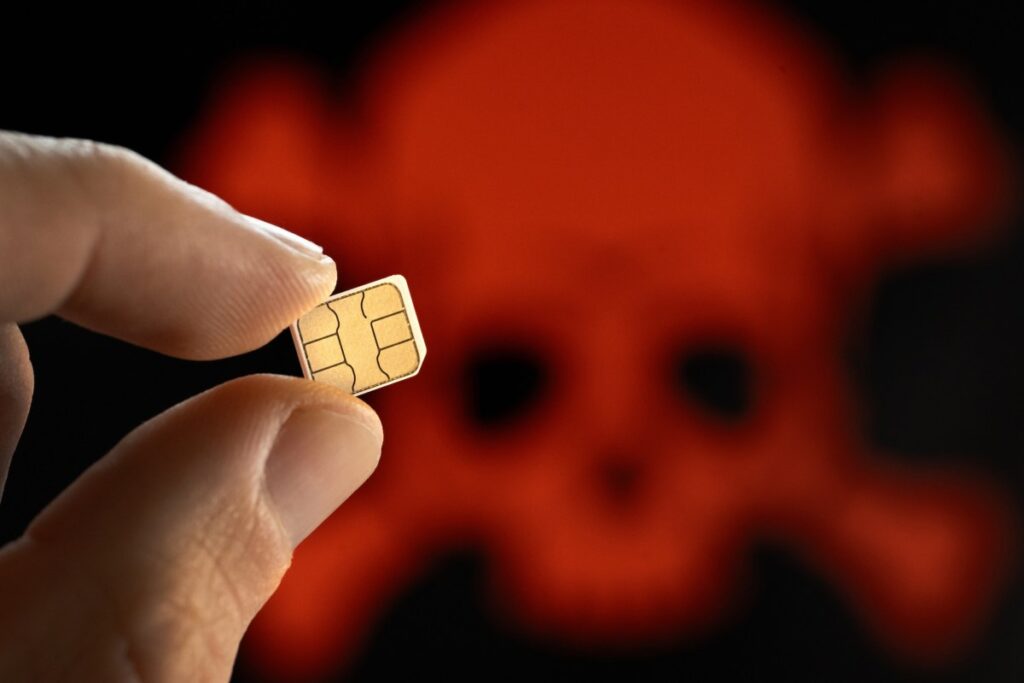It’s 2025, mobile phone numbers are ubiquitous. You use your phone number to sign up for websites and online services, from retailers and banking to social media and healthcare providers. You can also use your phone number to reset your forgotten password or to securely log in to your account by receiving a two-factor authentication code.
But if someone can steal your phone number, they can effectively become you.
With a phone number, hackers can start accessing your online account and think you are when you trick an automated system and call customer service. You can access the corporate network using hijacked phone numbers.
This is more of a reason to actively protect your phone number from SIM swapping. This is a type of cyberattack involving a hacker hijacking the victim’s phone number. The good news is that it’s easier than locking down your number.
SIM swapping attacks usually occur when a malicious hacker calls out a cell carrier impersonating a particular customer. This hacker uses information found online, such as the customer’s name and date of birth, then asks a customer support representative to transfer or “port out” the number to another SIM card or carrier. As soon as the process completes, that person’s phone number is activated on a SIM card or phone controlled by a hacker, and will call and send and receive text messages as if they were the hacked person.
Often, the only indication that this has happened is when the victim suddenly loses cell service for a seemingly reason.
Sim Swap attacks take advantage of the weaknesses of security controls within the internal system of cell providers, which allow support representatives to make changes to customer accounts without the explicit customer permission.
To combat these kinds of spoofing and deception tactics known as social engineering attacks, three key telephone operators, AT&T, T-Mobile, and Verizon, have introduced security features that make it more difficult for malicious hackers to accidentally change customer accounts, such as porting phone numbers.
It takes 1-2 minutes to check your mobile carrier account. These features are often not widely exposed and may not be enabled by default.
AT&T
In July, AT&T introduced a free wireless account lock security feature to prevent SIM swaps. This feature allows AT&T customers to add additional account protection by switching settings that prevent anyone from moving their SIM card or phone number to another device or account. This feature can be turned on via the AT&T app or by anyone who manages your account via the online account portal, so make sure your account is protected with a unique password and multifactor authentication.
T-Mobile
With T-Mobile, customers can prevent SIM swaps and block unauthorized number portouts through their T-Mobile online accounts for free. The primary account holder must be logged in to change to settings, such as toggling on or off.
Verizon
Verizon has two security features called Sim Protection and Number Lock, which prevent SIM swaps and phone number transfers, respectively. Both of these features can be turned on via the Verizon app and by the account owner or manager via the online account portal. Verizon says turning off this feature could result in a 15-minute delay before the transaction runs. This is another safeguard for legitimate account owners to reverse account changes.
Source link

